SecureODF

Tariq Rashid, @postenterprise
Stack Smashers Meetup, October 2015
who, why?
I've experienced security in environments where the impact is fairly high,
and the baddies are fairly determined and resourced.
I saw a problem - cost, complexity, bad UX.
I'm suggesting a fix.
I'd like ideas, challenges, suggestions, pointers .... before I really dive in!
the problem
document bourne malware is on the rise
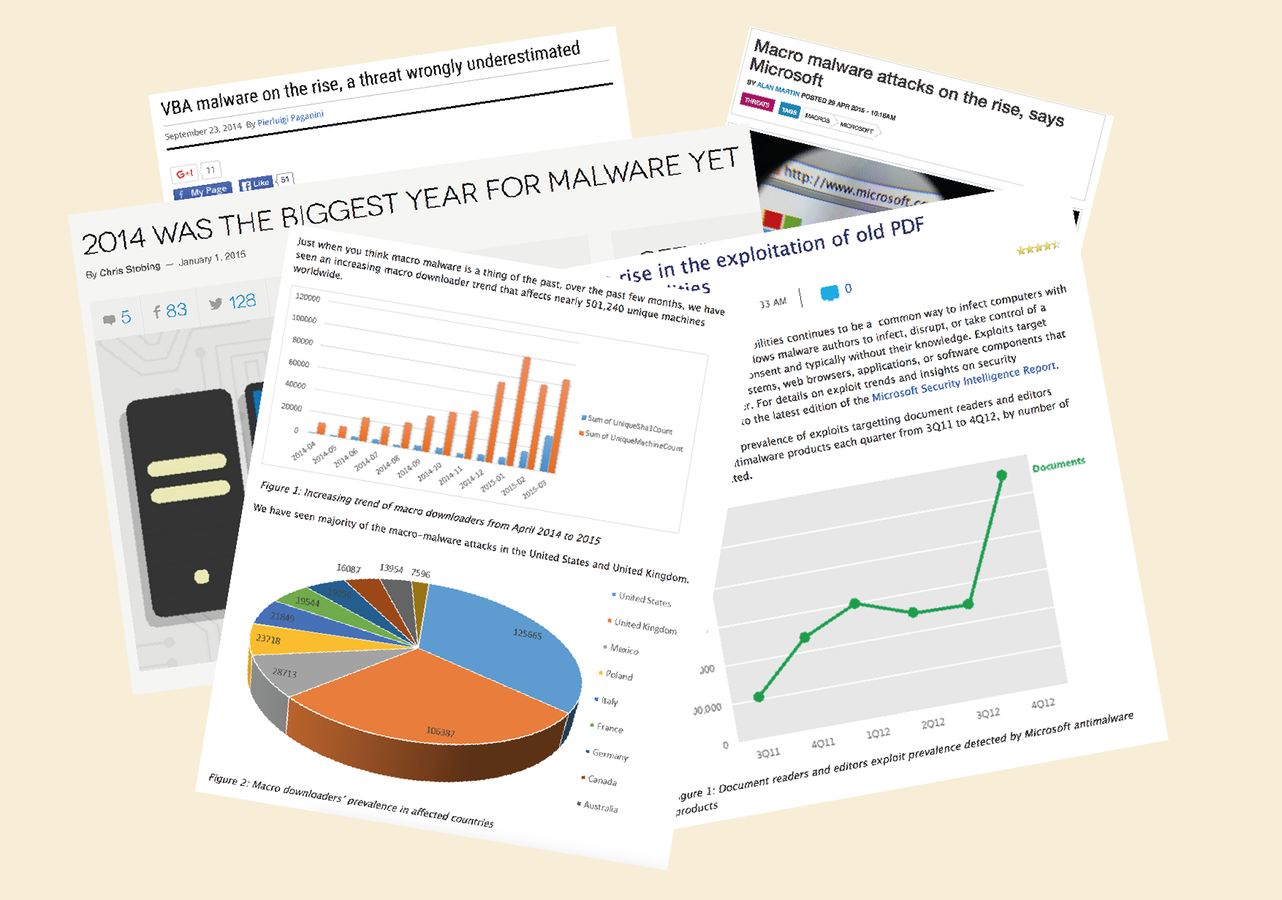
the problem
and it costs a lot to manage

the solutions
are flawed
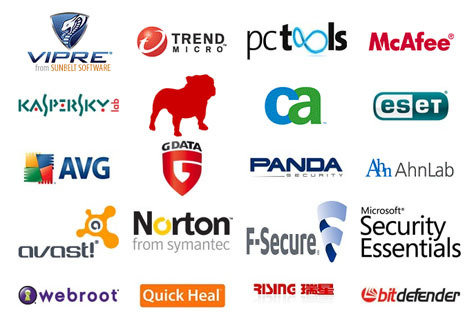

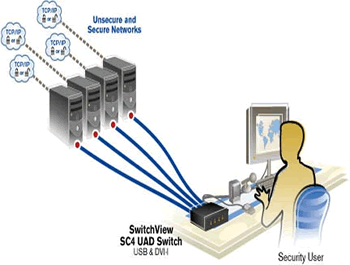
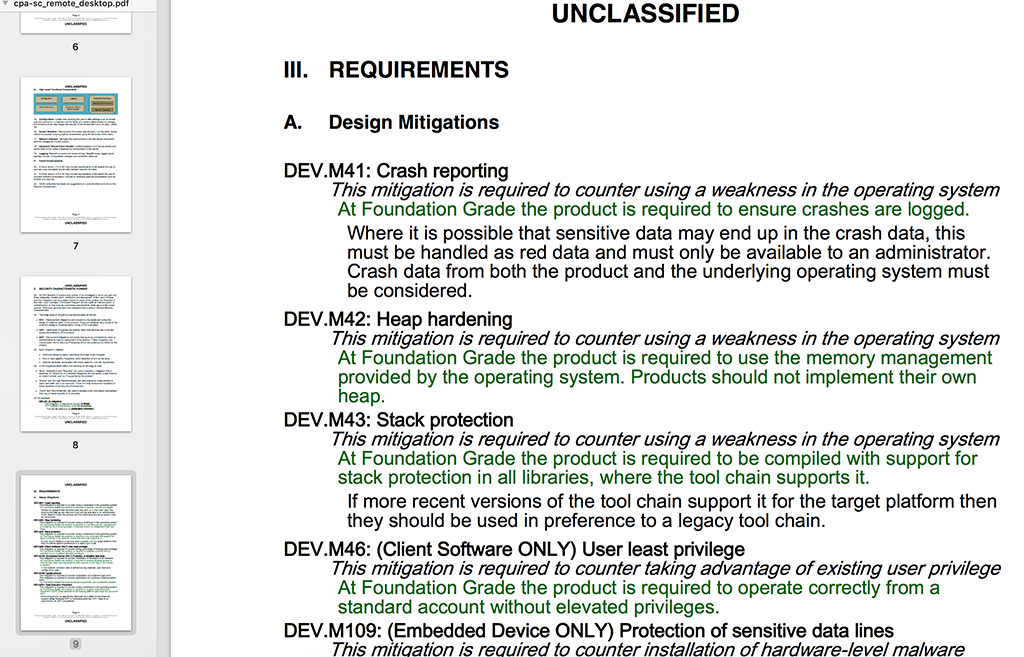
are complex, with bad UX
popular document formats are designed for
features...
... not security
ideal solution
verifiably secure
has momentum
good user experience
momentum?
don't invent a new format
Open Document Format
already works with LibreOffice, Microsoft Office, GoogleDocs, Apple, ....
and increasingly mandated by governments
- incl UK Government (2014)
UX?
no new processes or steps for users
works with existing familiar software
no separate desktops, browse-downs, etc etc
default save, or save as
invisible network level validation ..
verifiably secure?
need your help!
100% predictable behaviour?
no Turning machine?
no execution or translation - only representation?
secure/ODF?
XML keys and values ONLY from known-good set
content range and values only from known good set - incl user generated content
strict order of XML tags and structure
complete - no missing bits allowed
no arbitrary execution - only representation of data
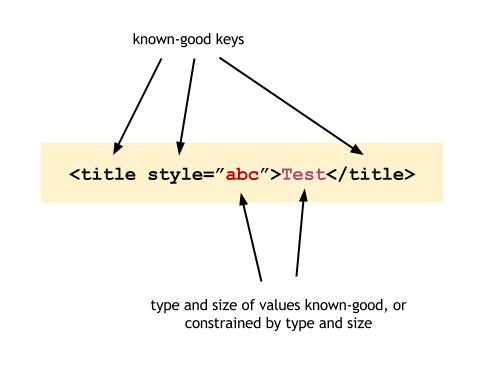
why not OOXML?
not truly open
execution paths obscured - e.g. Windows Metafile handling
think of a Tweet

max size 240
min size 1
ASCII 65-90 only
don't interpret content
no malware?
It's Not About Cryptography
Alice
Bob
It's about safely receiving docs from less trusted sources
OOXML
secureODF
next steps
1. define security objectives
2. define secureODF schema and assertions
3. validator, import/export
recap - the idea
1 - Every business needs to exchange documents - but common document formats were never designed to be secure.
2 - Documents carrying malware is a major method of cyber attack.
3 - Anti-malware scanning is not good enough to protect critical infrastructure like health, energy, government, transport, finance.
4 - But today's strong security is expensive and cumbersome.
The elegant solution is to develop verifiably secure variants of existing Open Document Format - free for all - for social good.